

Part 2 of a 2-part series recounting experiences and observations related to the great energy transition from a trip to Beijing, Shanghai area and Xinjiang Province.

Part 1 of a 2-part series recounting experiences and observations related to the great energy transition from a trip to Beijing, Shanghai area and Xinjiang Province.

Indirect greenhouse gas emissions (Scope 3) often represent the largest portion of a company’s total greenhouse gas emissions. Transparent disclosure helps better understand its environmental impact and manage climate-related risks.
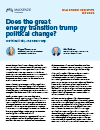
Despite growing protectionism and policy challenges, the energy transition remains robust, driven by global, persistent forces and increasing capital investment. Current negative sentiment could present a unique valuation opportunity.
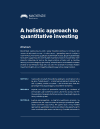
A holistic approach to quantitative investing could enhance the opportunity for more consistent alpha across a wide array of market environments.
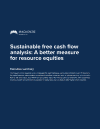
A free cash flow valuation approach could offer advantages to identify resource companies with high intrinsic value.
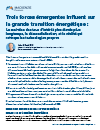
Interest rates, deglobalization and clean energy realism could both speed and slow the great energy transition.

Take a deep dive into batteries and their structure to understand opportunities and challenges in the sustainability space.
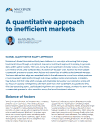
Emerging market equity, as an asset class, is often overlooked for the wrong reasons. Learn about a quantitative approach to this critical component of the equity allocation puzzle.

Find out more about carbon emissions metrics and how they can be both helpful and harmful when making investment decisions.